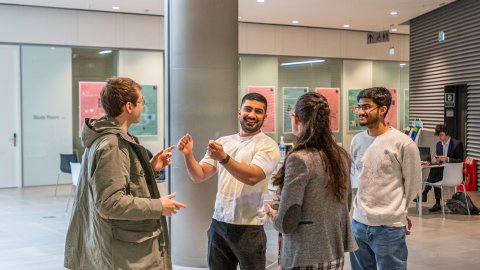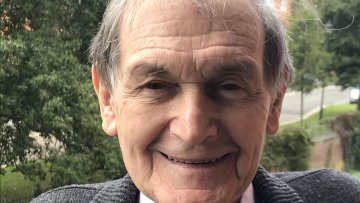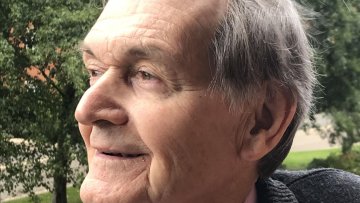10:00
Algorithms for the Recognition of Primitive Elements in a Free Group
Abstract
Primitive elements are elements that are part of a basis for a free group. We present the classical Whitehead algorithm for the recognition of such elements, and discuss the ideas behind the proof. We also present a second algorithm, more recent and completely different in the approach.




